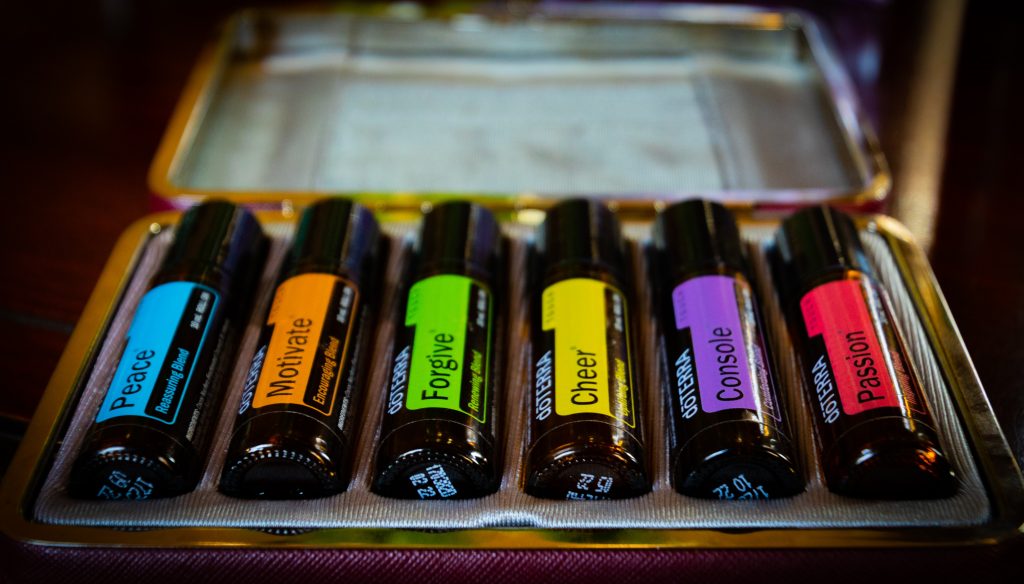You have probably heard how essential oils can help improve your life. From DIY cleaning supplies to aromatherapy, they are used in a wide range of applications. There is a growing body of science that supports many of those uses. Understanding more about what essential oils are and how they are obtained can help you navigate that science.

A Long History of Plants
Of course, having been used for millennia doesn’t automatically qualify something as scientifically valid. After all, how long did people perform bloodletting to relieve fever? Instead, you need to look at what makes essential oils a viable and effective aid for sometimes serious conditions.
Traditional Chinese practices are an excellent example of how plants have been used throughout history. Much of this use has been anecdotal, meaning it has been noted that specific herbs improve certain conditions. This leads to the accepted practice of using it for the healing of that condition.
The agent within aspirin was isolated from a plant long used for relief. Known as acetylsalicylic acid, it is a synthetic form of the salicin found in plants, most notably members of the Willow family. Which may not be surprising considering traditional uses of willow bark.
The Chemical Compounds of Plants
Every plant is loaded and has a unique chemical profile. Some of those chemicals can be extracted from the plant matter to create an essential oil. Each variety will be slightly different, even within the same plant family. Think about that willow bark and its salicin for a perfect example.
The chemicals that are found in plants may provoke a response from living organisms. This may be in the human body, such as the calming effects of lavender or the invigorating result of inhaling peppermint.
Extraction Methods for Essential Oils
The chemicals from plants are extracted to create essential oils. There are several methods of extraction, and the chemical properties may dictate which one is right for each plant.
Steam and water distillation, CO2 extraction, and cold pressing are among the most common ways to get essential oils from plants. Some others use solvents, which can alter the chemical composition of the finished product.
Many Uses for Essential Oils
There are so many proven uses for essential oils. The many oregano oil uses include using it as a cleaning agent, immune booster, and antioxidant. Rosemary and thyme essential oils are also known to have strong cleansing benefits. Lavender has shown promise for helping the nervous system and is currently being researched for efficacy in this area.
Aromatherapy is the most commonly used method of getting benefits from essential oils. It works immediately upon inhalation as the VOCs within the oil interact with your olfactory senses. Try adding a few drops of your favorite oil into a diffuser. Cleansing oils can be nice to clean your house, while citruses tend to uplift and brighten an area.
Topical applications of oils are also possible, although most will need to be diluted in a carrier oil or base to be applied safely. In fact, they make great additions to many skin care products, and there are many recipes for DIY body care treatments that effectively use essential oils to heal and soothe.
Precautions You Should Take
Just because essential oils are natural does not mean they can’t also be dangerous. On the contrary, pure essential oils have powerful chemicals. That is how they work to make changes within your body. Just like with any chemicals, you want to be careful and only use them in ways that have been shown to be safe.
Most essential oils can be inhaled safely, which is why they are used in aromatherapy. Some scents may mimic the effects of estrogen on your body. Examples include lavender and tea tree. These should not be used on or around prepubescent boys because of an increased risk of them developing excess breast tissue.
Only a select few can be safely applied directly to your skin. Lavender is the most popular choice. Others must be diluted in a carrier oil before topical application. Coconut and olive are two popular choices. They are gentle on the skin and readily available at most grocery stores.
Use extreme care when ingesting essential oils. This requires an extensive knowledge of their chemical properties, side effects, and potential interactions. Whenever possible, opt for an inhaled or topical delivery method instead.
Essential oils have grown in popularity. They are relatively easy to work with and have shown to have numerous benefits. In fact, science continues to validate many of the anecdotal claims that have persisted throughout history.
